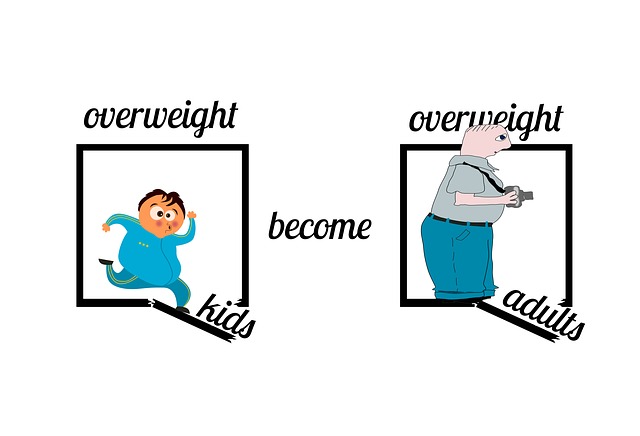How Is Growth of Babies Monitored?
Summary
What is a weight curve?
The usefulness of a child’s weight curve
Interpretation of a child’s weight curve
The weight curve is a graph in every health booklet that the attending physician (or pediatrician) uses to follow the evolution of a child from birth to adulthood. Weight monitoring, height, head circumference and body mass index (BMI) are essential parameters to measure.
Weight curves differ according to gender and are used to detect early abnormalities related to underweight or overweight for age. Let’s take a look at this topic together.
Weight curve: what is it?
The weight curve is one of the parameters to be monitored from birth and is presented as a graph in the child’s health record. The attending physician records the weight measured in kg, according to the child’s age.
Year after year, the points are connected, forming a line or curve that should remain in a so-called normal zone where 95% of children are.
Good to know: you should consider the progression of the weight curve over the years and not the weight at a given moment; any break in the curve or stagnation should raise the alarm.
Uses of the weight curve for children
Health professionals use the weight curve from the moment the child is born.
It is imperative in the first years of life because an underweight or overweight may indicate a nutritional problem or an underlying disease.
The average newborn baby weighs 3.2 kg at birth. When a baby weighs 2.5 kg or less, the so-called “low birth weight” infant is monitored more closely, whether or not he or she is premature, to ensure proper growth.
Note: according to a study, even moderately caffeinated beverages (coffee and sodas) are associated with lower birth weight values.
Weight curve according to age
In the first pages of the health booklet, a weight curve concerns only the first month of the child, to follow, day after day, the evolution of the baby to within 50 g:
Whether breastfed or not, the infant loses a little weight in the first few days after coming into the world and then gains weight quickly.
A regular weight gain conditions his exit from the maternity hospital.
After the first 15 days (to 1 month) of daily weighing, weight monitoring is done:
once a month in general until one year, at the attending physician’s or, in any case, at 2, 4, 6, 9 and 12 months;
at 18 months and then at 24 months;
once a year until puberty.
During the first 3 months, a baby gains an average of 25 g per day, and in 1 year, it triples its birth weight!
Example: weight curve from 0 to 3 years old where the clear zone corresponds to the recommended values (between 3 and 97%). A good weight evolution is within these limits and must follow the same corridor (source of the Carnet de santé Conseil général du Morbihan).
Weight curve differs according to the child’s sex

The 2018 version of the health record incorporates new anthropometric reference curves.
In this new version, the weight curves differ according to gender from birth (and no longer only from age 9, as was previously the case). Subsequently, more growth corridors are represented to follow individual trajectories better.
In addition, head circumference curves between 0 and 5 years of age, which are also specific to boys and girls, also appear.
Interpreting a child’s weight curve
The weight curve should remain in the middle range and follow the same corridor. Above the upper limit, it is called overweight; below the lower limit, underweight.
To refine the diagnosis, the child’s height must be considered to calculate his Body Mass Index (BMI).
A slowing down of the weight curve can be interpreted according to the cases:
by repeated infections;
at the time of the diversification of food;
when learning to walk.
A break in the weight curve can indicate a food intolerance, such as gluten intolerance or a chronic disease. An acceleration of the weight curve can reveal a risk of obesity, especially if it occurs before the child is 6 years old (see rebound of adiposity).
In all cases, regular follow-up with a health professional will allow the child’s diet to be adapted according to his or her age for harmonious development until adulthood.







